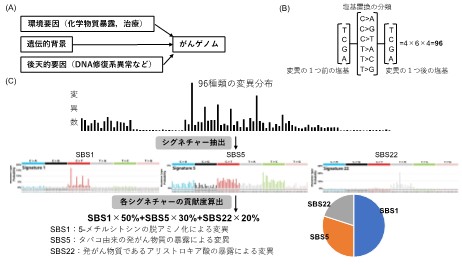2025-05-21 京都大学

<関連情報>
- https://www.kyoto-u.ac.jp/ja/research-news/2025-05-21-0
- https://www.kyoto-u.ac.jp/sites/default/files/2025-05/web_2505_Yoshida-73d251ff8b8436890a5def89017a1397.pdf
- https://academic.oup.com/jcem/advance-article-abstract/doi/10.1210/clinem/dgaf253/8134154?redirectedFrom=fulltext&login=false
18F]FB(ePEG12)12-Exendin-4 PET/CTを用いたインスリノーマの非侵襲的診断の定性的および定量的解析 Qualitative and Quantitative Analyses of Noninvasive Diagnosis of Insulinoma Using [18F]FB(ePEG12) 12-Exendin-4 PET/CT
Takaaki Murakami , Hayao Yoshida , Kentaro Sakaki , Daisuke Otani , Kanae Kawai Miyake , Yoichi Shimizu , Hiroyuki Fujimoto , Daisuke Yabe , Yuji Nakamoto , Nobuya Inagaki
The Journal of Clinical Endocrinology & Metabolism Published:20 May 2025
DOI:https://doi.org/10.1210/clinem/dgaf253
Abstract
Context
This study represents the first interim report from a phase 2 clinical trial. Accurate localization of insulinomas remains a clinical challenge despite the availability of various imaging modalities.
Objective
The current study aimed to evaluate the efficacy of positron emission tomography/computed tomography (PET/CT) using [18F]FB(ePEG12)12-exendin-4 (18F-exendin-4), a novel 18F-labeled PEGylated glucagon-like peptide 1 (GLP-1) receptor-targeted imaging probe, for the noninvasive detection of insulinomas.
Methods
This prospective single-center study enrolled patients with biochemically confirmed hyperinsulinemic hypoglycemia suggestive of insulinoma. All patients underwent 18F-exendin-4 PET/CT, with scans performed at 60 and 120 minutes after injection. The findings of 18F-exendin-4 PET/CT were then compared with those of conventional imaging modalities performed before and after 18F-exendin-4 PET/CT in actual clinical settings, with all findings being verified through surgical and pathological findings.
Results
18F-exendin-4 PET/CT successfully identified insulinomas in all 12 patients (100% sensitivity), showing significantly higher uptake in tumor tissues than in the surrounding pancreatic tissues and organs. The detection rate of 18F-exendin-4 PET/CT exceeded that of the conventional imaging modalities (CT, 83%; magnetic resonance imaging, 63%; endoscopic ultrasonography, 90%; selective arterial calcium stimulation, 89%). All identified lesions were surgically confirmed to be insulinomas, with complete clinical resolution of hypoglycemia after resection.
Conclusion
18F-exendin-4 PET/CT demonstrated effective sensitivity for noninvasive insulinoma detection, offering a reliable and practical diagnostic alternative to invasive procedures for precise and prompt preoperative localization with functional evaluation. This novel imaging approach may therefore improve the management of patients with suspected insulinomas.


